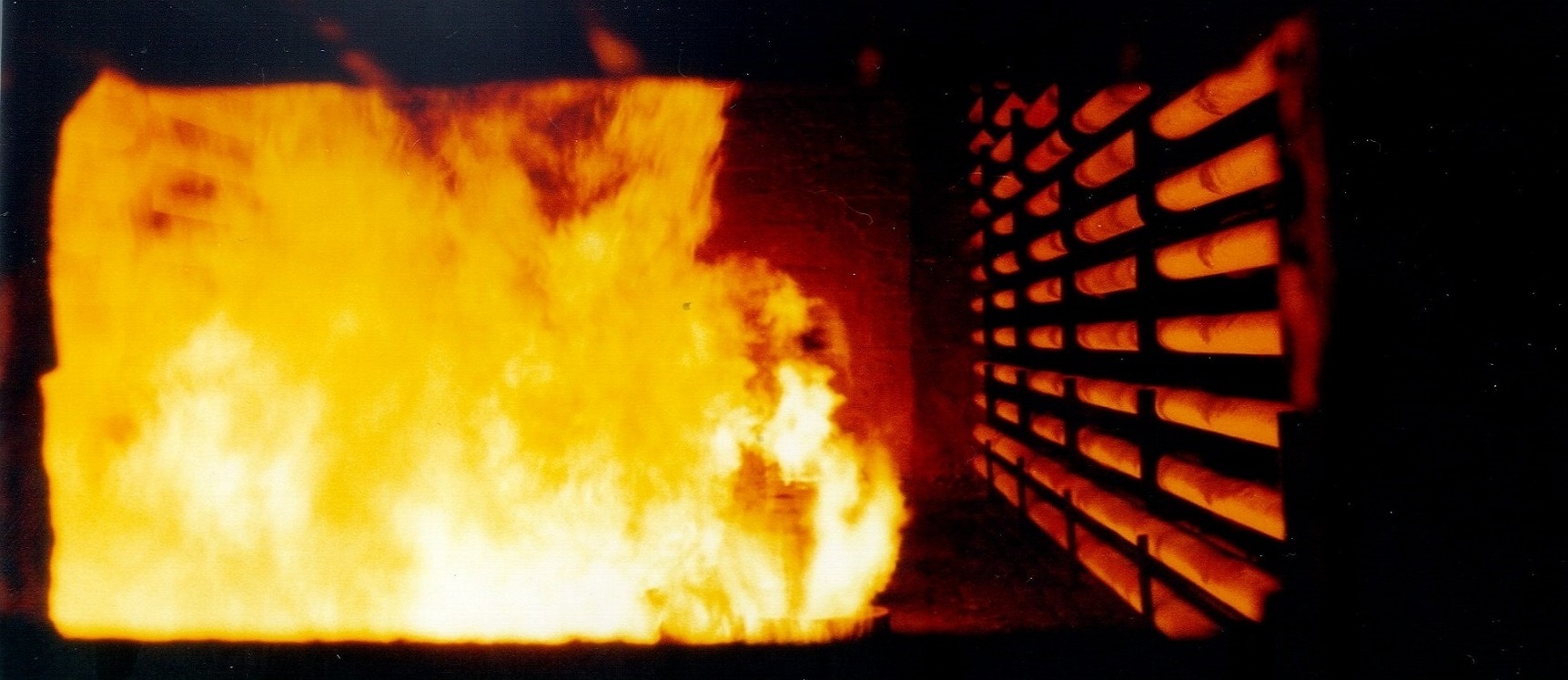Introduction:
Radiant heat transfer is a fascinating phenomenon that plays a significant role in the transfer of thermal energy from a flame to its surroundings. Understanding the principles of radiant heat transfer is essential for various applications, including fire safety, industrial processes, and heating systems. In this article, we delve into the intricacies of radiant heat transfer from a flame, exploring its characteristics, mechanisms, and practical implications.
The Nature of Radiant Heat Transfer:
Radiant heat transfer occurs through electromagnetic waves emitted by a heat source, such as a flame. Unlike conductive or convective heat transfer, which require a physical medium for energy transfer, radiant heat transfer can occur across empty space. The heat radiated from a flame travels in the form of electromagnetic waves, primarily in the infrared (IR) region of the electromagnetic spectrum.
Characteristics of Radiant Heat Transfer from a Flame:
1. Energy Emission:
Flames emit thermal radiation due to the high temperatures reached during combustion. The intensity and wavelength distribution of the radiant energy depend on factors such as the fuel type, combustion conditions, and flame temperature. Higher temperatures generally result in greater energy emission.
2. Directionality:
Radiant heat transfer from a flame exhibits directionality. The radiant energy is emitted in all directions from the flame's surface. However, the intensity of radiation varies depending on the flame geometry, shape, and orientation.
3. Inverse Square Law:
Radiant heat follows the inverse square law, which states that the intensity of radiation decreases with the square of the distance from the source. As the distance from the flame increases, the radiant heat flux diminishes rapidly, affecting the amount of heat received by the surroundings.
Mechanisms of Radiant Heat Transfer:
Radiant heat transfer from a flame occurs through two primary mechanisms:
1. Emission:
Flames emit thermal radiation as a result of the high temperatures reached during combustion. This radiation includes both the visible spectrum and the infrared range. The intensity and spectral distribution of the emitted radiation depend on the temperature and composition of the flame.
2. Absorption:
Surrounding objects and surfaces absorb a portion of the radiant heat emitted by the flame. The absorption depends on the material properties, surface characteristics, and the wavelength of the incident radiation. Darker or more absorbent surfaces tend to absorb a higher proportion of radiant heat compared to reflective or lighter surfaces.
Practical Implications of Radiant Heat Transfer from a Flame:
1. Fire Safety:
Understanding radiant heat transfer is crucial for fire safety. Radiant heat can ignite combustible materials, contribute to fire spread, and pose a risk to occupants. Effective fire protection measures, including proper insulation, flame-resistant materials, and adequate spacing, should be implemented to mitigate radiant heat hazards.
2. Heating Systems:
Radiant heat transfer is harnessed in various heating systems, such as radiant heaters and infrared heating panels. These systems emit infrared radiation, which is absorbed by objects and surfaces in a space, providing comfortable and efficient heating without relying solely on convective heat transfer.
3. Industrial Processes:
Radiant heat transfer is utilized in various industrial processes, including drying, curing, and surface treatment. Infrared ovens and heaters are employed to deliver controlled and localized heat to enhance process efficiency, reduce energy consumption, and improve product quality.
Summary
Radiant heat transfer from a flame is a remarkable phenomenon that involves the emission and absorption of thermal radiation. Understanding the characteristics and mechanisms of radiant heat transfer is essential for applications ranging from fire safety to heating systems and industrial processes.
By comprehending the complexities of radiant heat transfer, we can harness its benefits while mitigating potential hazards, fostering safety, efficiency, and innovation in various fields.
